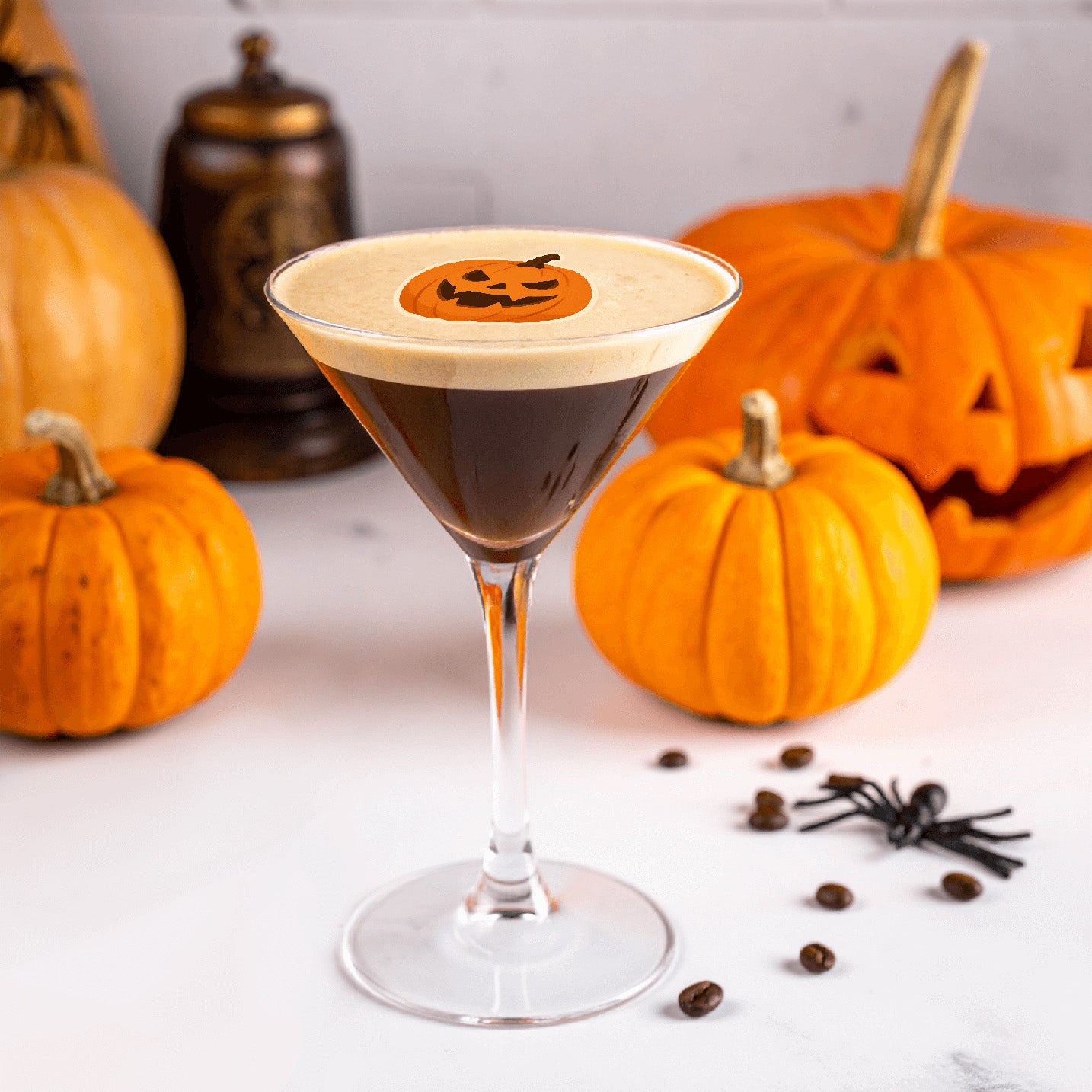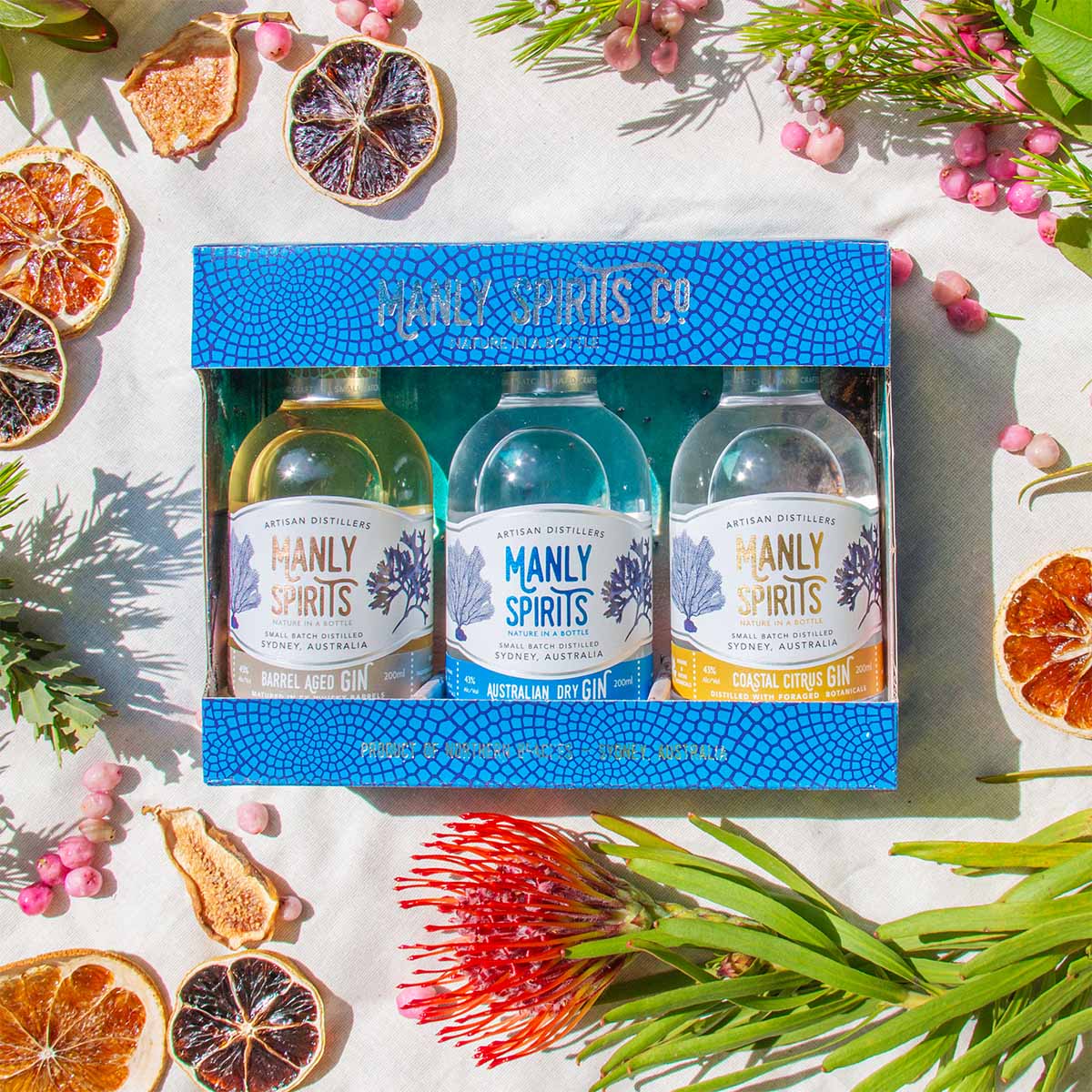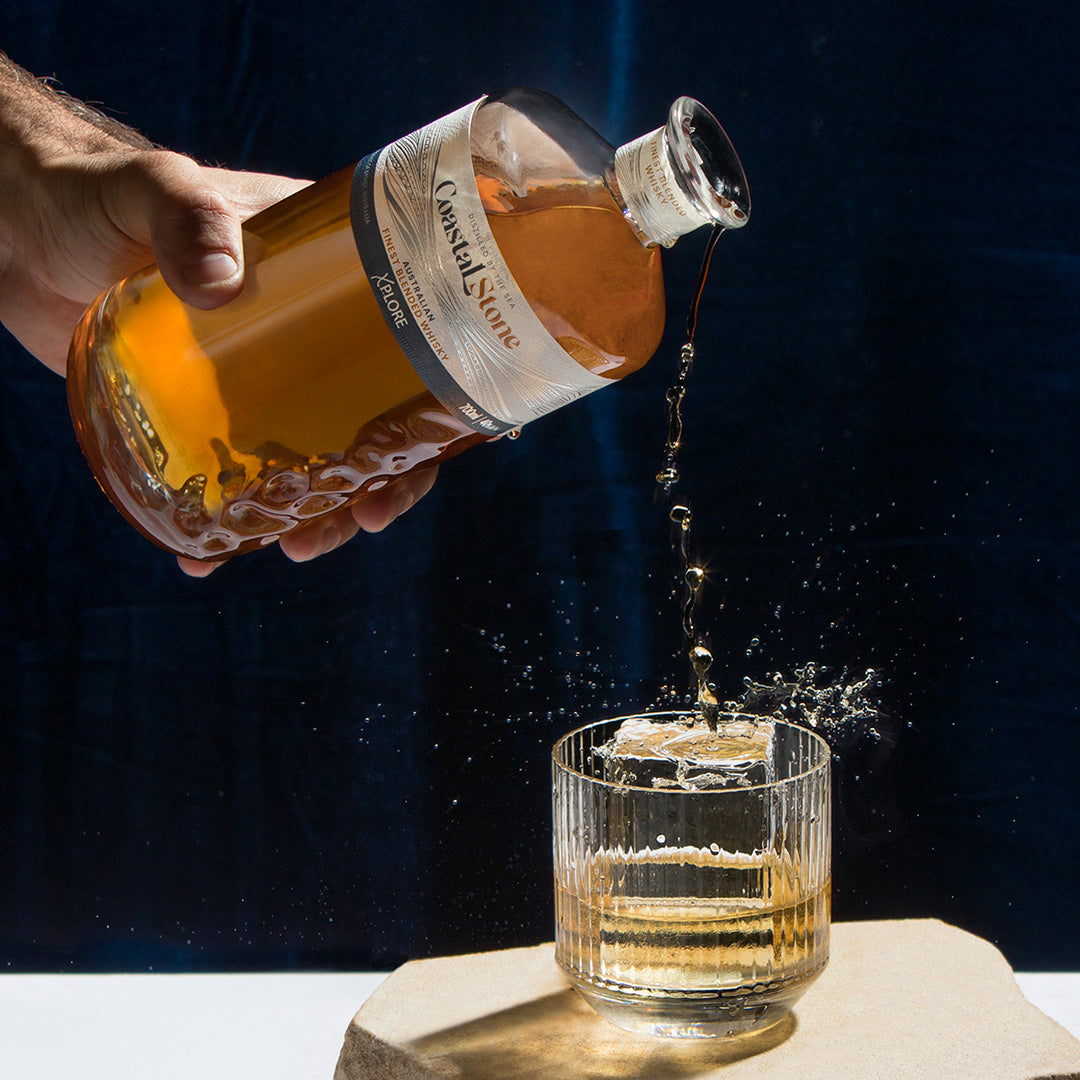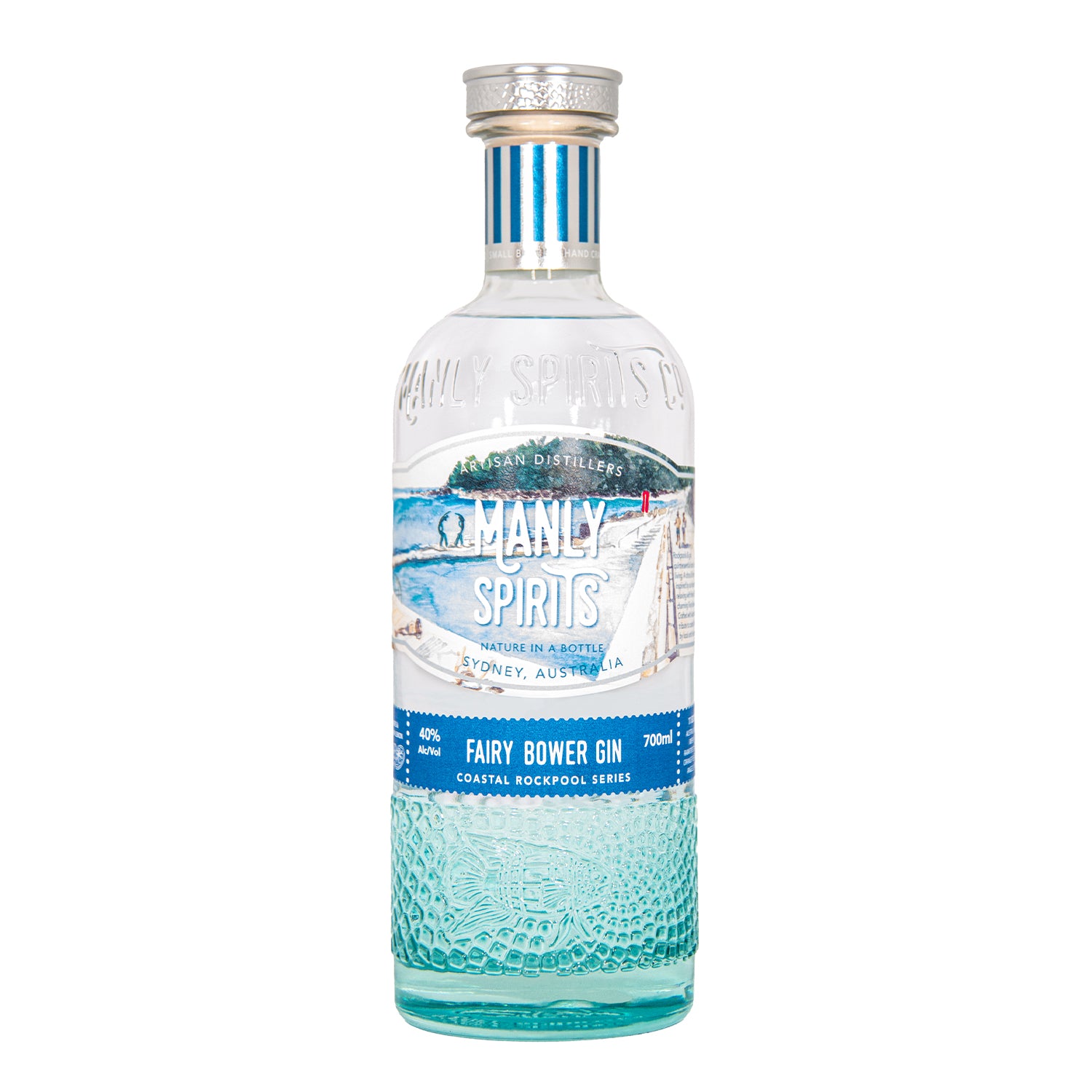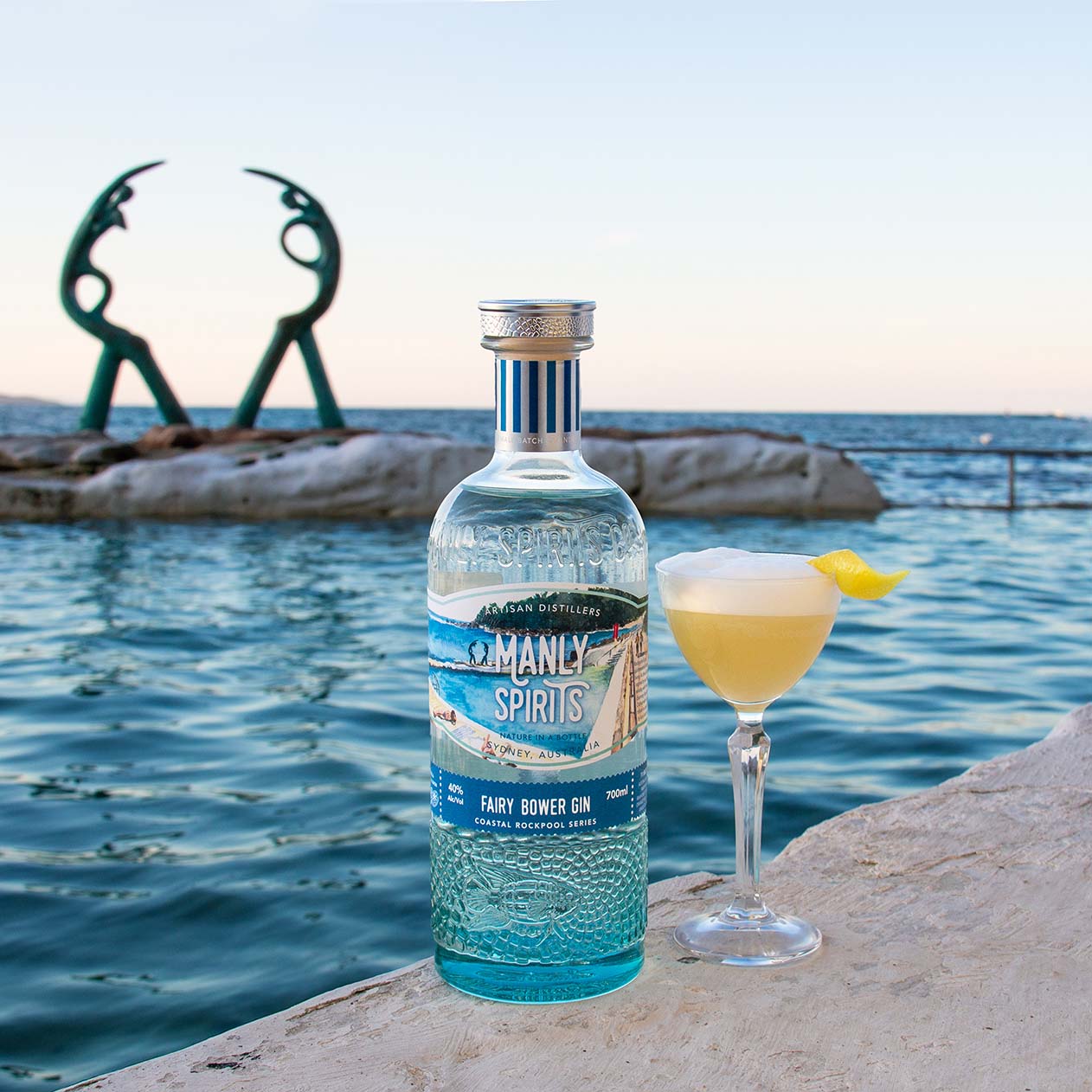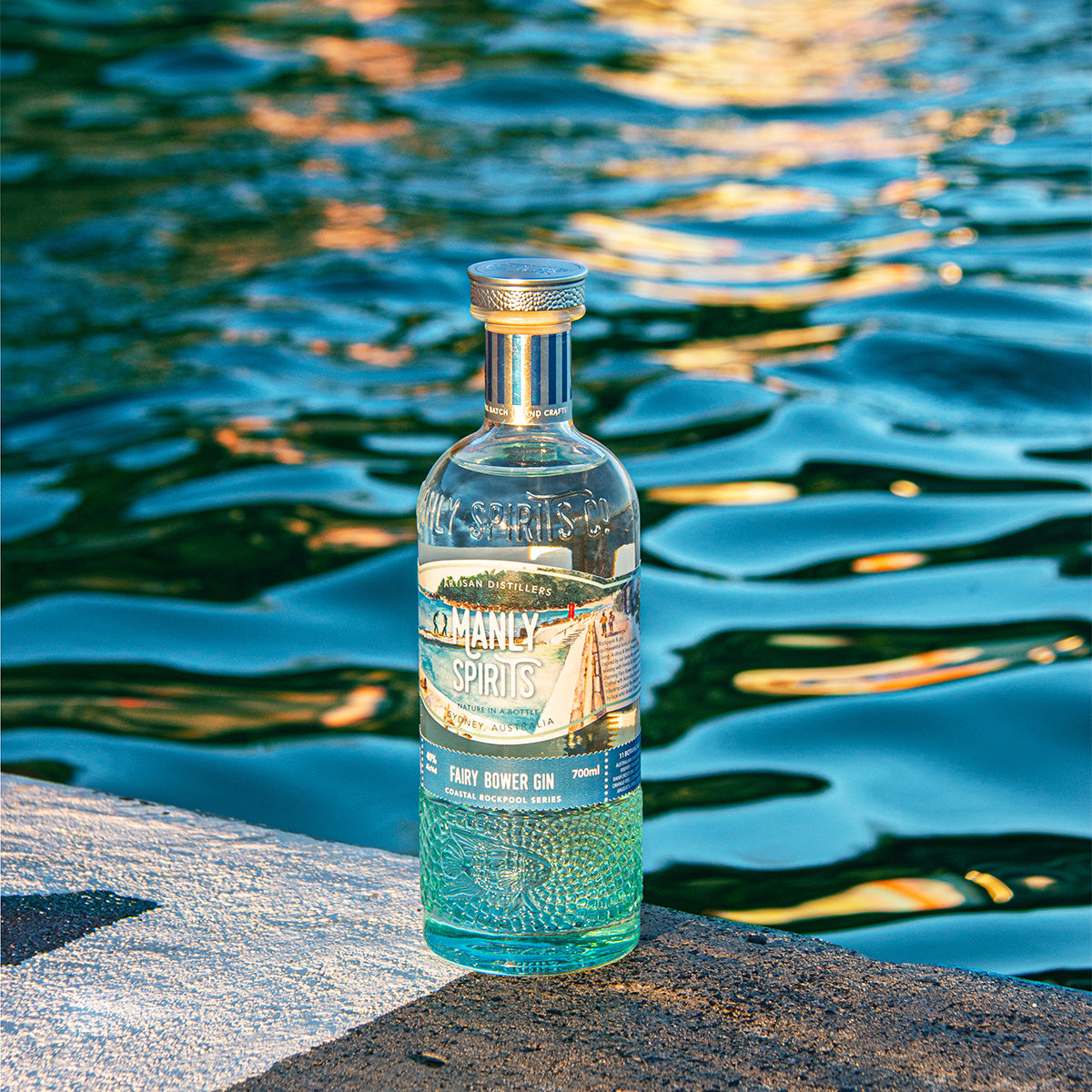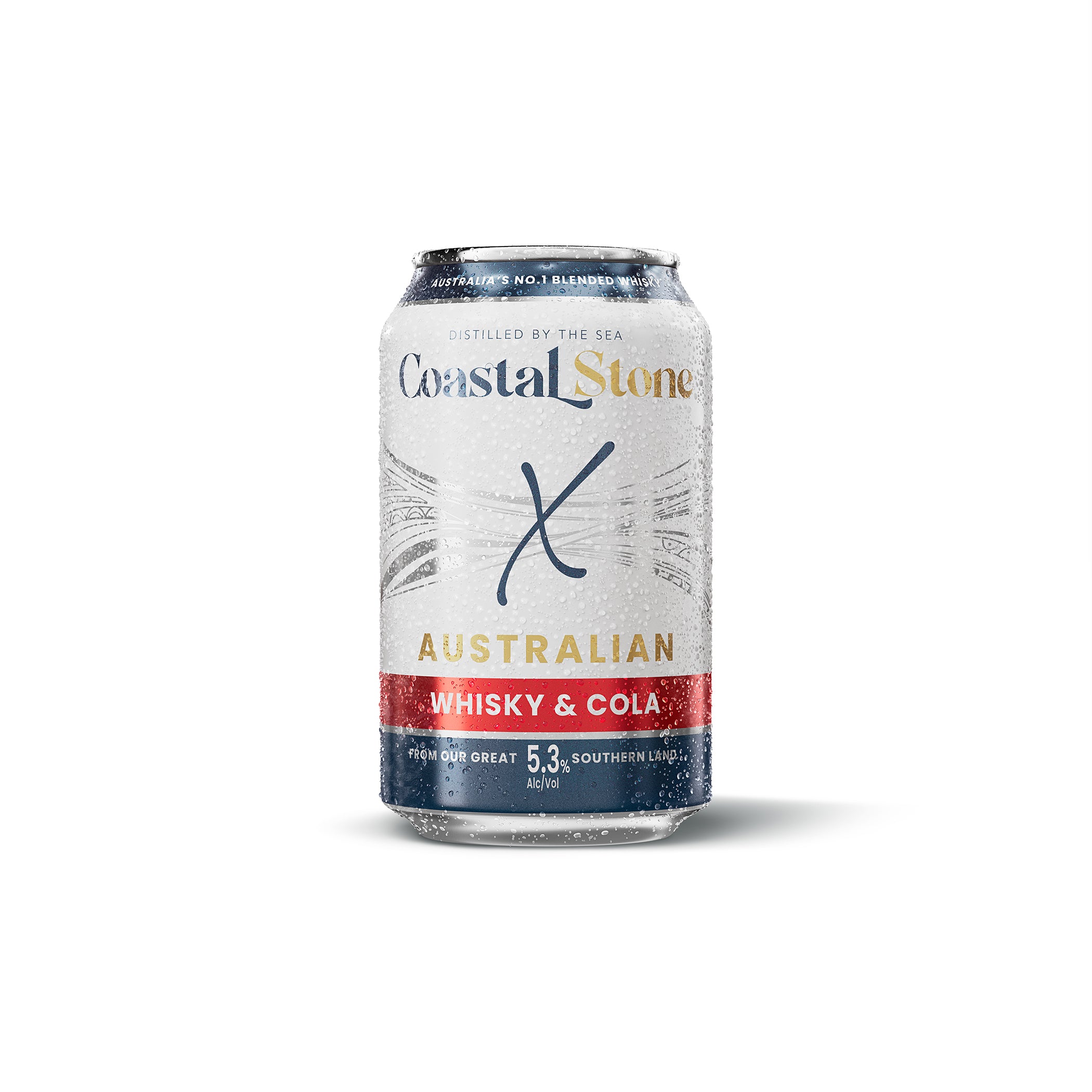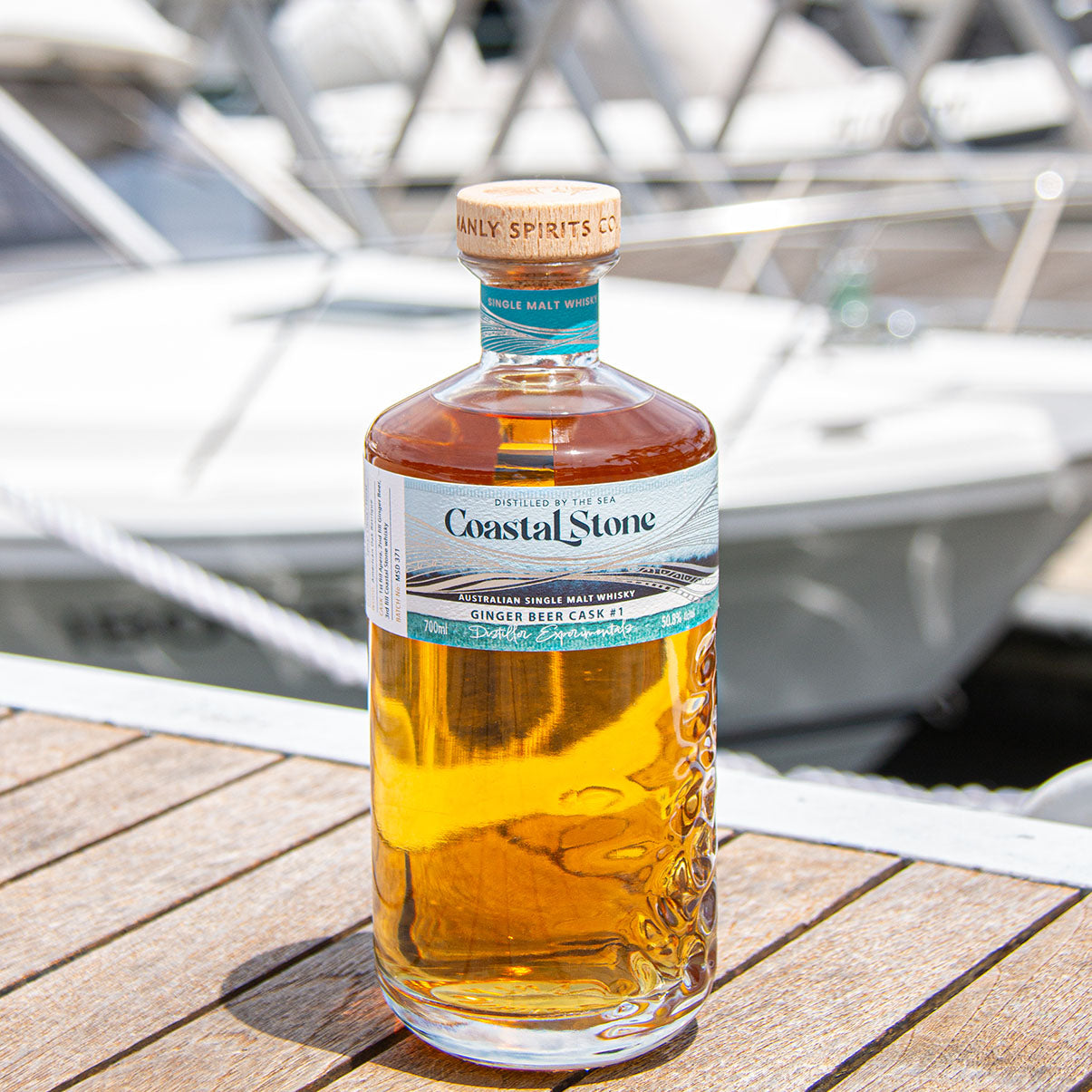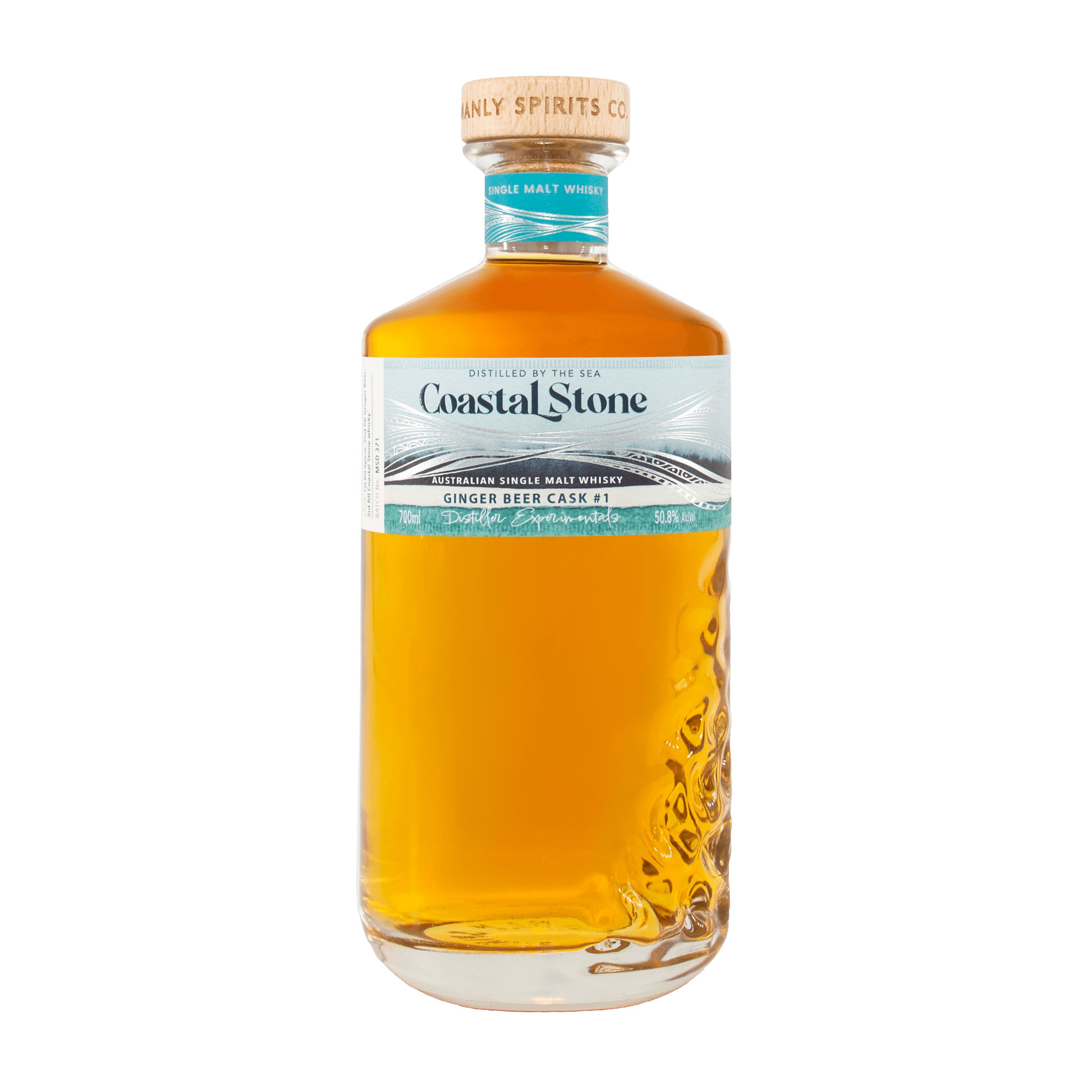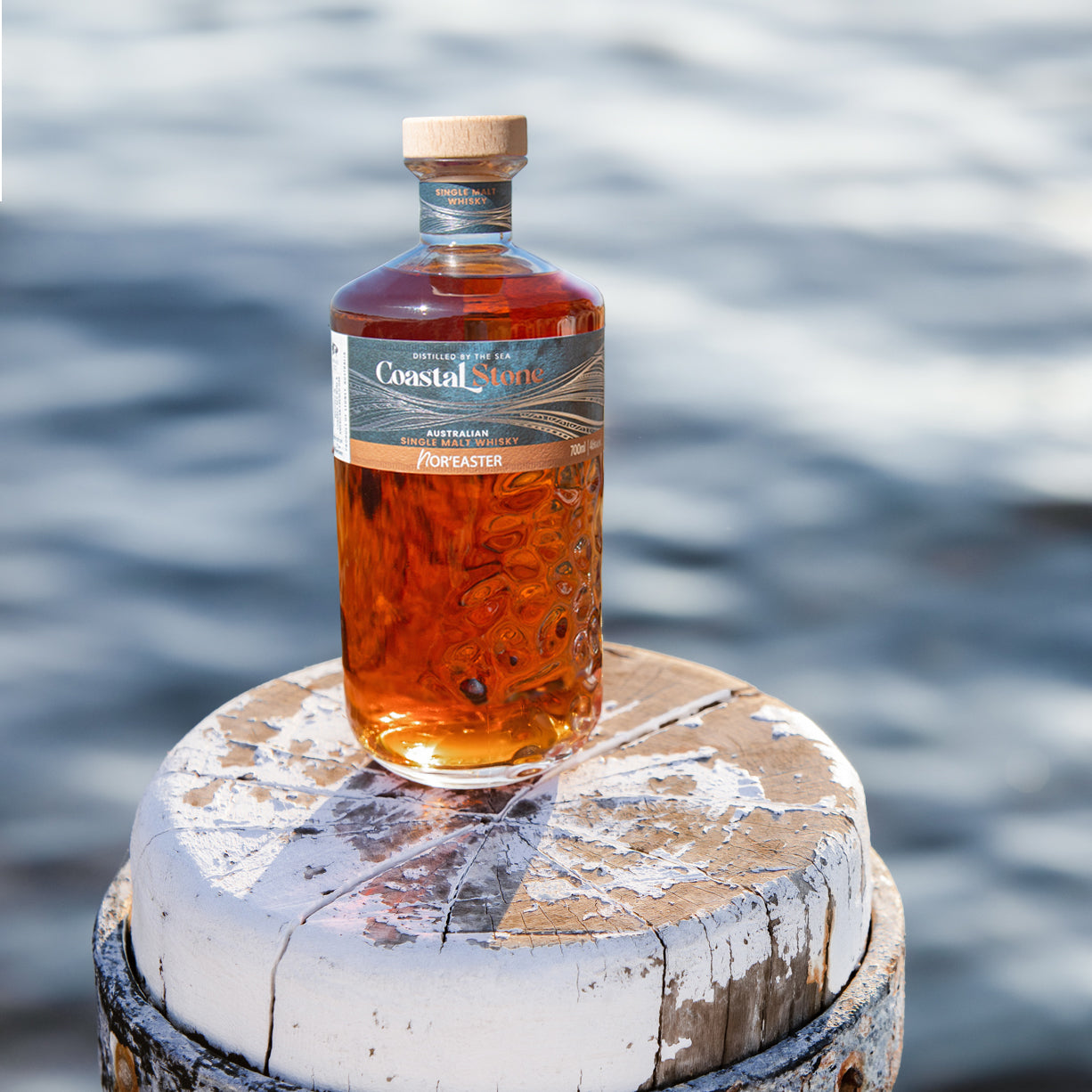Being Sydney’s Northern Beaches’ first artisan distillery, the Manly Spirits Co. team meet a lot of people during visits to the distillery who find the world of nosing and tasting spirits to be quite intimidating. Being asked “What is it that you can smell?” in a spirits tasting can fill many with dread as we search for what we think the right answer should be.
Well, the good news is that there is not necessarily one right answer and you already have the tools to detect different characteristics of your favourite whisky, gin or chosen tipple.
The common belief is that Masters of Wine, Master Distillers and the like were born with an ability to smell and taste better than the rest of us. While there are slight differences between our senses of taste and smell, these people aren’t necessarily better at it, they’ve just had more practice and have been exposed to a greater range of tastes and smells than the majority of us.
Research has shown that the human nose is capable of detecting at least one trillion distinct smells. The trouble arises when we’re asked to identify the smell. Like training for a marathon or learning to play chess, often only time and practice is needed to refine your sense of smell and taste to accurately identify different aromas and flavours.
So how do we identify certain flavours within spirits?
You need time to expand your smell and taste vocabulary and a good place to start is by identifying broad descriptors. Words like citrussy, earthy, floral, are often used when tasting gins; wood, spice and cereal for whiskies. Once you’ve identified the broad area, you can zero in on the specifics. You’ve noticed citrus, try to identify if it’s lemon, grapefruit or finger lime. Breaking it down like this helps you build up to the big picture.
It also helps to taste like the pros do. Most of them follow a similar process to the one below. It helps to structure the tasting and ensures you are getting the most out of it.
To Start
Start by placing a small pour of your chosen spirit into a clean glass. If you have a glass that tapers in at the top, like a champagne glass, this is perfect as it helps to capture the aromas, but don’t worry if you don’t.
Like wine tasting, hold the glass and look at the spirit to really consider what the colour and clarity tells you. For whisky, this often indicates the types of casks that have been used during maturation, and perhaps may offer an indication of the age.
Now let's smell
Now it is time to smell – when you take your first smell of the spirit, remember that the first thing to hit your nose sensors may be a sharp alcohol sensation, so take it easy with your first inhalation. Take a short sniff, exhale through your nose and then take a deeper smell into the glass, recognise the initial flavours to hit your sensors. For Manly Spirits Australian Dry Gin, you may recognise the piny notes of juniper, the citrus notes of orange or even the savoury notes from the foraged sea lettuce.
Add a small splash of water to your room temperature spirit to really open-up the flavours on the nose and palette. Adding water releases the more entrenched aromas. Smell again, do you recognise any new flavours?
Now to taste
Now to taste – initially take a small sip to warm up your palette, so it isn’t shocked by the alcohol. Take a second, larger sip and ensure that the liquid covers the entire inside of your mouth as we want to hit sweet, sour, salty, bitter and umami taste buds. Be sure to continue to breathe during this tasting process, as the sense of smell has a huge impact on what you taste.
Go back and try again – you will be surprised that how each time you nose and taste a spirit, you will discover new flavours and explore the beauty of distilled spirits.
At the Manly Spirits Co. artisan distillery on Sydney’s Northern Beaches, we welcome you to visit us for relaxed tasting sessions with our friendly team or behind-the-scenes tours, where you will learn about our unique range of Australian whiskies, gins and botanical vodkas that combine science, innovation and a large dose of the ‘Australian Way’.
Top Tips
- What do you smell and taste? Don’t second guess yourself before commenting, just put it out there. Everyone’s sense of smell and taste is subjective and what you taste can be very different to what others taste.
- When describing what you smell or taste expand your vocabulary and break it down into parts. For example, if you smell citrus, then what type of citrus is it? Lemon, grapefruit, orange?
- Pick up a bottle, try it, share it and about all enjoy it!
Author: Tim Stones – Distiller, Manly Spirits Co.


